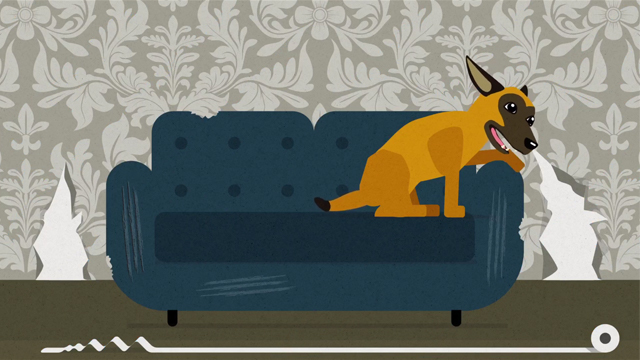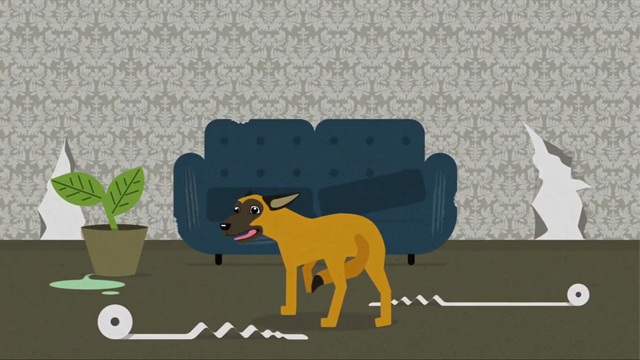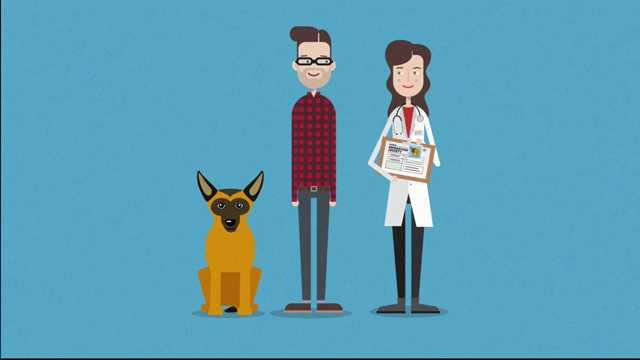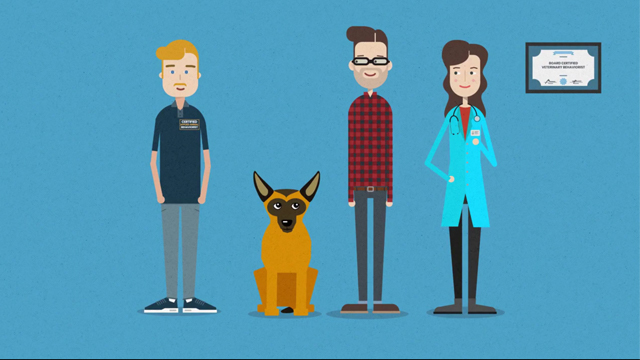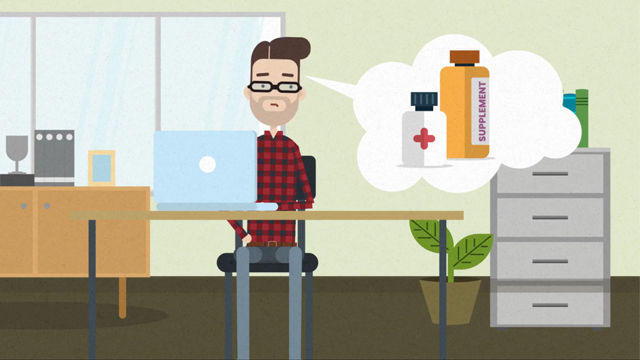back to top of page
They’re Not Loners: Cats Can Have Separation Anxiety, Too
It's a worn-out myth that all cats are aloof, independent, solitary. In reality, they can be highly social and form strong bonds with humans and other animals.
Most people are familiar with separation anxiety in dogs, but research suggests that cats, especially those who are deeply attached to their people, also experience separation anxiety when left alone for extended periods. Some cats may do well for short periods of time throughout the day while others have difficulty with longer absences like change in work or school schedules, vacation, or divorce. Here’s what to know about keeping feline separation blues at bay.
Signs of Separation Anxiety
Separation anxiety is an emotional response triggered by separation from the person or companion pet with whom a cat has a strong bond. The degree of distress ranges from mild to severe, and early cues are subtle and often missed or misinterpreted. The key piece of information is that the behavior problems occur exclusively when the favorite, bonded individual is absent.
Cats begin to express apprehension as the person prepares to leave, reacting to departure cues such as picking up keys, grabbing a purse, or packing a suitcase. The cat may hide, meow excessively, follow the person from room to room, or move between the person and doorway.
Here are some problem behaviors triggered by separation anxiety in cats:
--Inappropriate urination or defecation, often on personal items like clothing or the bed. This is an anxiety-related behavior, not a spiteful behavior.
--Excessive vocalization, such as loud, persistent meowing
--Eating too fast or not at all
--Vomiting
--Excessive grooming
--Destructiveness, such as shredding curtains or furniture or knocking over objects
--Exuberant greetings when the person returns home
Separation Anxiety Causes
The cause of separation anxiety is unknown, but it’s thought that genetics and environmental factors play a role. Any cat can experience separation anxiety. Kittens who were orphaned, bottle-fed, or weaned too early might be more prone to separation anxiety. Handling kittens during the sensitive periods between 2 and 7 weeks of age prepares them for life’s changes and makes them healthier and more resistant to stress.
We may unknowingly contribute to the cause of our cat's separation anxiety when we are our cat’s sole source of social engagement. We might reinforce it when we reward needy behavior. Cats sense our emotions and if we’re anxious about leaving, our cat senses it, gets anxious, and associates it with our departure.
Managing Separation Anxiety
The first step is a trip to the vet to rule out underlying medical conditions. For example, litter box mishaps may be due to urinary tract infection, allergies may cause fur loss, and loss of appetite may signal other illnesses.
If your cat is diagnosed with separation anxiety, behavior modification strategies reduce stress around the departure routine and provide stimulation while you're away. Quality time with you on a set schedule sets the foundation. Schedule 10- to 15-minute play sessions with your cat.
Choose a time when your cat is calm and relaxed. Play sessions with you should not occur right before leaving or when first arriving home. If your cat is engaged in social activity with you, it might be difficult for him to see you go. Instead, limit social interactions and provide self-play or exploratory items about 20 minutes before your departure.
Ditch the food dish. Hide small amounts of food in puzzle feeders and treat dispensers throughout your home so your cat has to hunt for it. While your cat is preoccupied with food, gather your items. Your cat now is entertained and associates positive things, like food, with your leaving.
Forgo dramatic exits and entrances. Quietly leave while your cat is eating. When you return, stay calm and reward your cat with a warm greeting when he’s calm and not meowing for your attention.
Make your cat’s environment more stimulating. Leave out favorite toys, especially interactive items, for play while you're gone. Provide elevated vertical spaces such as cat trees, window perches, and shelving. Some cats enjoy hideaways: think boxes, tunnels, and tent beds. Place a bird feeder outside the window or leave the TV on for enrichment.
A combination of synthetic pheromones, soothing music, and an article of clothing with your scent on it can help to create a calming, comforting environment.
Sometimes certain actions trigger anxiety. If your cat shows signs of anxiety when you pick up your keys, purse, or coat, practice picking them up several times a day without leaving. If shoes are the trigger, put on your shoes and walk around for a bit, and then take them off. As your cat’s anxiety lessens, gather your items and walk to the door without leaving. Gradually work up to walking out for short periods and returning, casually greeting your cat upon your return.
Some cats are less anxious with another pet in the home, but this is an individual preference and is not always the best solution. Having another cat in the home may be another source of stress and contribute to anxiety. It may not treat the separation anxiety because the critical attachment is between the affected cat and absent person.
For extended absences, hire a professional pet sitter. Ideally, your sitter should provide play sessions twice a day to help lessen your cat's anxiety. You may consider a sitter for overnight stays to maintain a comfort level.
Anxiety-reducing medication along with behavior modification techniques may be the best course of action to help your cat learn to overcome anxiety with the least amount of stress. Discuss the plan of action that is best for your cat with your veterinarian or seek the advice of a board-certified veterinary behaviorist.
Cats form strong relationships with people. Recognizing signs of separation anxiety, using behavior modification, and patience can all help to reduce distress.
This article was reviewed/edited by board-certified veterinary behaviorist Dr. Kenneth Martin and/or veterinary technician specialist in behavior Debbie Martin, LVT.
Ramona D. Marek, MS Ed, is an award-winning writer and 2017 recipient of the prestigious Fear Free Pets Award. She writes about pet care, health and behavior, and cats in the arts. She's also the author of "Cats for the GENIUS." Her feline muses are Tsarevich Ivan, a joie de vivre silver tabby Siberian, and Natasha Fatale, a full-time diva dressed as an "anything but plain" brown tabby. You can read more about Ramona and her work at www.RamonaMarek.com.

